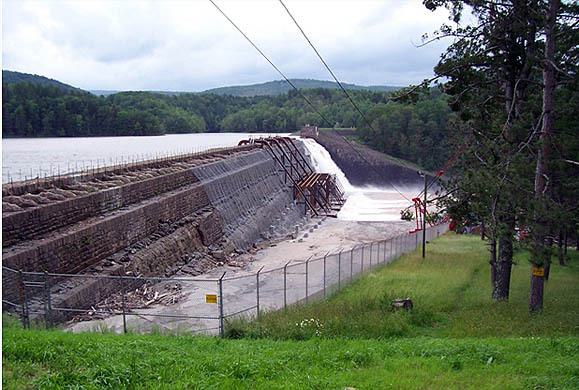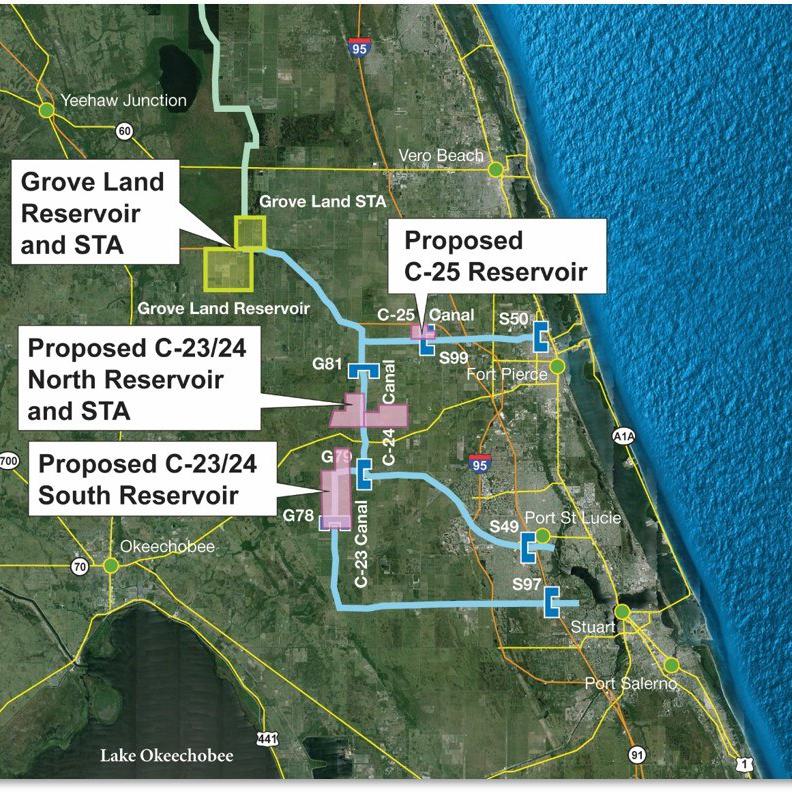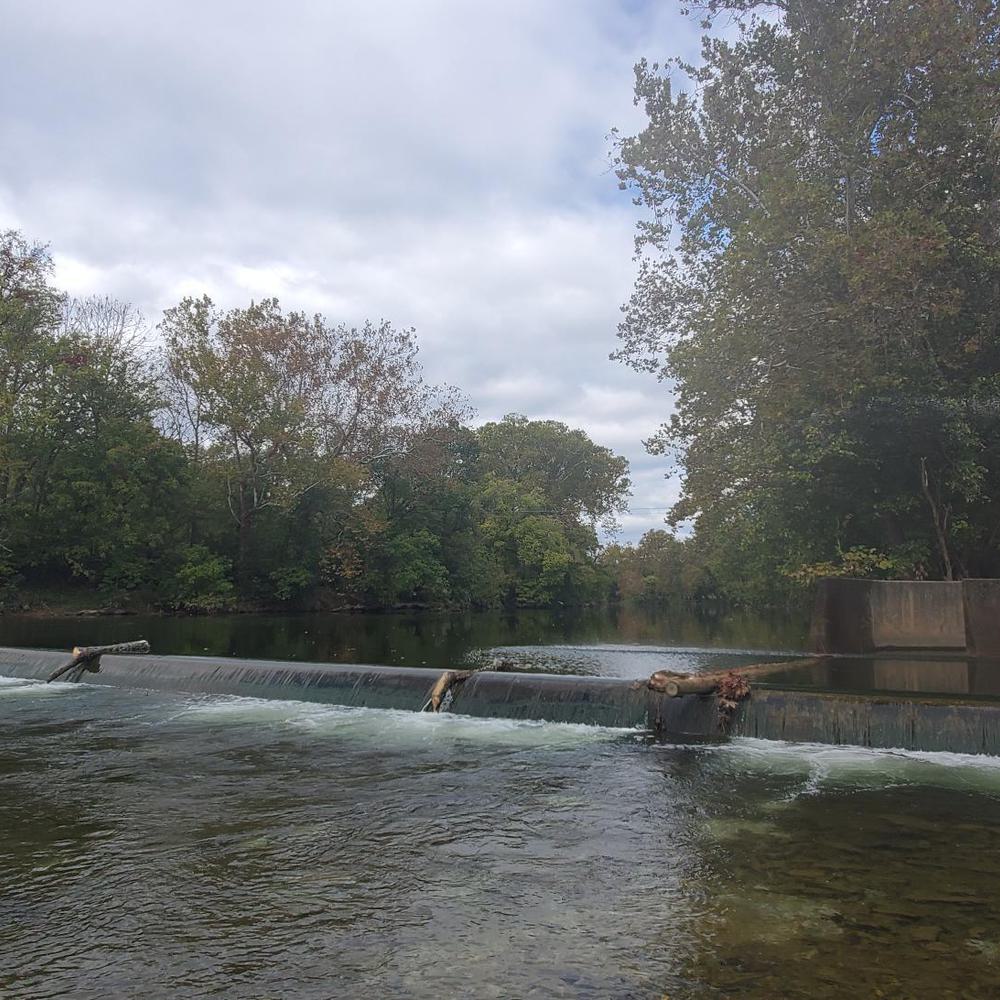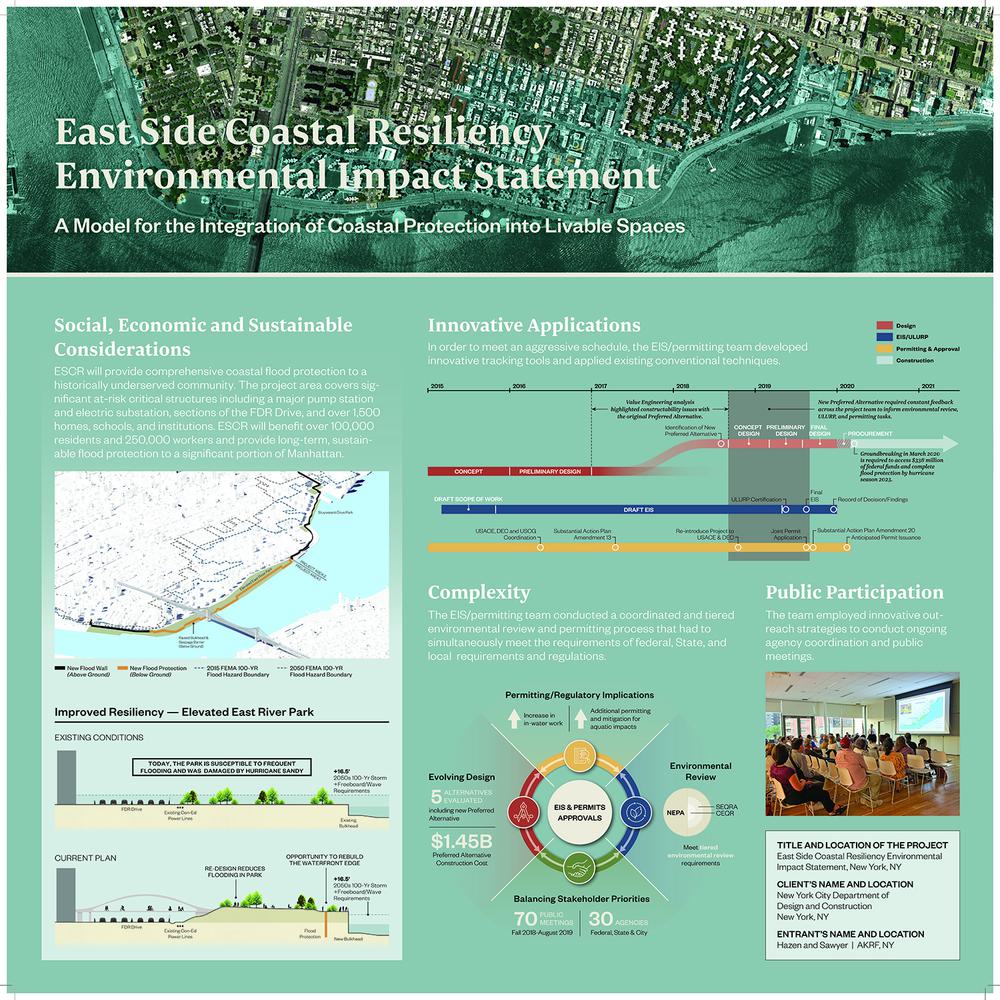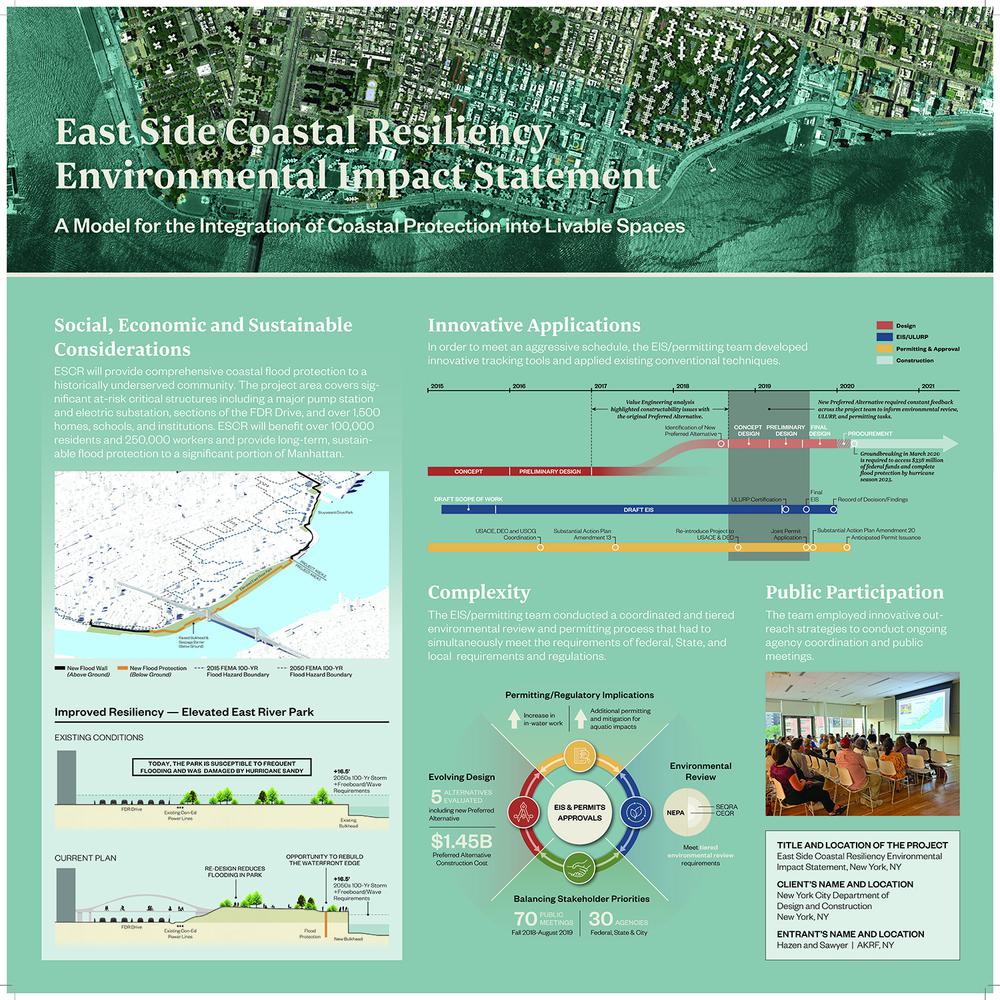Quick Repairs and Rehabilitation of the Gilboa Dam Result in Long-Term Results
The New York City Department of Environmental Protection retained Hazen and Sawyer (in joint venture) to conduct a comprehensive evaluation of the Gilboa Dam at Schoharie Reservoir and implement design improvements on an expedited schedule to ensure the dam's continued short- and long-term reliability.
At a Glance
- Design of short-term improvements was completed within an expedited 90-day period and work was implemented in a phased manner that enabled the reservoir to remain in service throughout construction. Short-term repairs stabilized the dam until longer-term repairs could be implemented.
- Dam was brought into full compliance with current New York State Dam Safety stability standards, maintaining vital water supply storage and conveyance infrastructure.
- Upgrades to the reservoir's existing diversion infrastructure and construction of a new low-level outlet, currently underway, will help ensure continued reliable service for another 100 years.
Constructed between 1920 and 1927, the 1,800-foot long Gilboa Dam impounds the Schoharie Reservoir in upstate New York. The 19.5-billion-gallon reservoir is a vital component of New York City’s Catskill Water Supply System, which provides about 40 percent of the City’s water supply.
An inspection in 2005 indicated that the facing on the dam had largely been lost due to freeze-thaw cycles and its mechanical systems were in need of repair. The inspection also identified rehabilitation work needed to meet modern dam safety standards and improve performance. Working closely with the New York City Department of Environmental Protection (NYCDEP), Hazen inspected the facilities (in joint venture) and identified several immediate steps that would improve dam stability. These included installing*:
- A debris boom upstream of the dam, to limit debris accumulation along the crest of the spillway
- A 500-mgd temporary siphon system along the crest of the dam, to lower the level in the reservoir and reduce structural loading on the dam to allow for notch installation
- A 220-feet wide temporary spillway notch with a capacity of about 8,500 cfs that served as the primary means of water level control during the anchor installation
- Permanent rock anchors in the spillway section, to improve dam stability under all service conditions including the probable maximum flood
*See slideshow at the end of this article for additional information about these installations.
Following an expedited 90-day design period, the dam rehabilitation project was issued for bids as a series of four separate contracts. Hazen also performed an Environmental Assessment of the areas that would be affected by the project and included natural resource surveys, a sediment and erosion control plan, and streambank inventory. Construction commenced in January of 2006 and was completed in the fall of 2006, with installation of the rock anchor system.

Chris Ramo serves as Hazen’s Raw Water Supply Infrastructure service lead.

Rehabilitation of the Shandaken Tunnel Intake includes repair and maintenance of intake gates, refurbishment of the building, and upgrading of the entrance road and parking area.
With the short-term repairs complete, Hazen (in joint venture) continued to assist the DEP in implementing long-term rehabilitation of the dam that included modifications to the spillway and new supporting mechanical. electrical and monitoring systems.
Hazen also assisted the DEP in designing and a new low-level outlet (LLO) and rehabilitating the reservoir's diversion facility, the Shandaken Tunnel Intake. The new LLO consisting of a submerged reservoir intake and a 108-inch tunnel around the east side of the dam is the largest diameter microtunneling operation constructed in the United States.
Improvement at the intake, which diverts water from the reservoir to the Shandaken Tunnel – an 11-foot diameter, 18-mile-long aqueduct that transfers water from Schoharie Reservoir to Esopus Creek, the main tributary to the Ashokan Reservoir, another component in the Catskill Water Supply System, included dredging and upgrades to the facility's intake structure, diversion gates, and supporting electrical and mechanical systems.
The project included a comprehensive review of the environmental and socio-economic impacts of the planned improvements and will ultimately include design of wetland mitigation measures and habitat restoration at the site when construction is completed.
In addition to work at the dam and intake, Hazen also conducted a turbidity control study for both the Schoharie and Ashokan Reservoirs, which periodically experience elevated turbidities, especially following major storm events. The results of these efforts will inform future upgrades and enhancements.
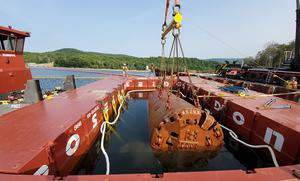
Wet retrieval of the largest microtunnel boring machine used in North America.
Quick Repairs, Long-Term Results
Hazen inspected the facilities and identified several immediate steps that would improve dam stability well into the future.
